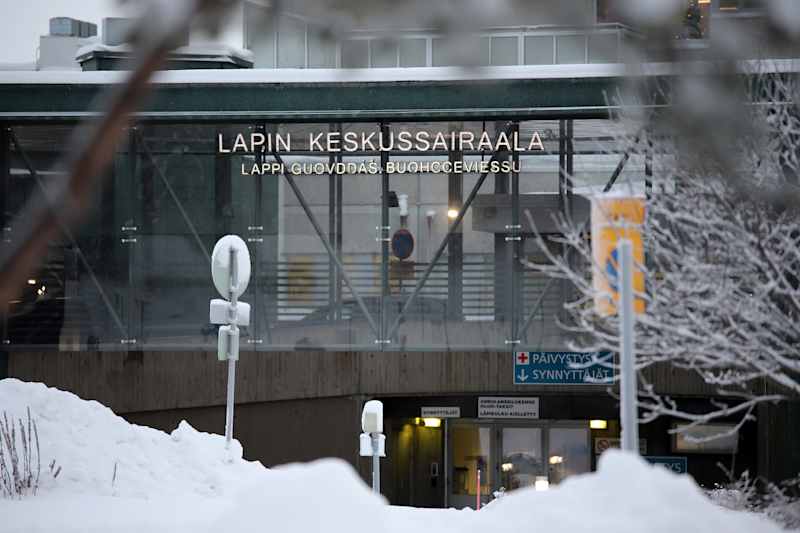Tourists congest Lapland’s emergency services, but generate revenue mainly on the private side

In Lapland, many tourists have to seek treatment for accidents and illnesses. In December, more than a tenth of the emergency room patients at Lapland Central Hospital were foreigners.
The Christmas season was also reflected in the congestion at Lapland Central Hospital. Infectious diseases and accidents brought people to the emergency room, where there were long queues.
More than a tenth of those waiting were foreigners, and the number has grown rapidly. In December, there were just under 400 foreign patients in the joint emergency department of Lapland Central Hospital, compared to 250 a year earlier. At Länsi-Pohja Central Hospital, 39 foreign patients were admitted for acute care in December. A year earlier there were 28.
Foreign patients include not only tourists but also seasonal workers and foreigners living in Lapland.
Although Lapha has extensive interpreting services, the language barrier can sometimes hinder customer care. In addition, transferring a patient to follow-up care requires a lot of investigation and paperwork. For this purpose, Lapha has tourist social workers who know the insurance companies, the connections to different countries and the protocol to get a person transferred to their home country for further treatment.
Maksimow: Financially, tourists are neither a cost nor a source of income
In the on-call service organized by the Lapland welfare region, the treatment of a non-Lappish client is always billed at the same price, regardless of whether he comes from outside the province or from abroad. The price consists of what the production cost of the operation is for the service.
– Pretty much it goes plus-minus-zero. Public health care does not make a profit for tourists, and that is not the intention, says Anu Maksimow.
Patients from the EU only pay the transaction fee themselves, and the rest is billed by Kela. Others are charged a fee according to the so-called full cost price, which, according to Maksimow, roughly corresponds to the production costs.
– We strive to ensure that the invoice starts with the correct amount and that we can collect from either the state or the insurance company what Lapha is entitled to put in the cash register.
In order to reduce the load, Lapha tries to direct tourists to the locations of private health care companies as well, but they don’t attract very many customers either.
There are also many injuries that require such versatile care that a private operator cannot provide it.
Private operators happy to welcome foreign customers
Lapland’s private health care companies live partly on the cash flows collected by tourists. However, they do not provide more detailed figures on income.
In Lapland, Mehiläinen takes care of the aftermath of accidents that have happened to tourists in particular, such as injuries from skiing and snowmobiling.
– The flow of customers brought by tourists helps to maintain fast and high-quality health services even during busy times, summarizes Vaihoja.
– Tourists generate income for us in two ways: as direct cash flows brought by tourists and as occupational health clients of tourism and service companies.
